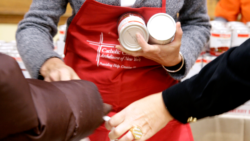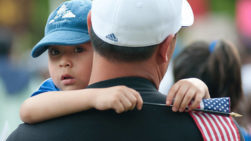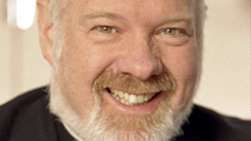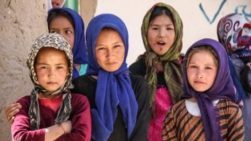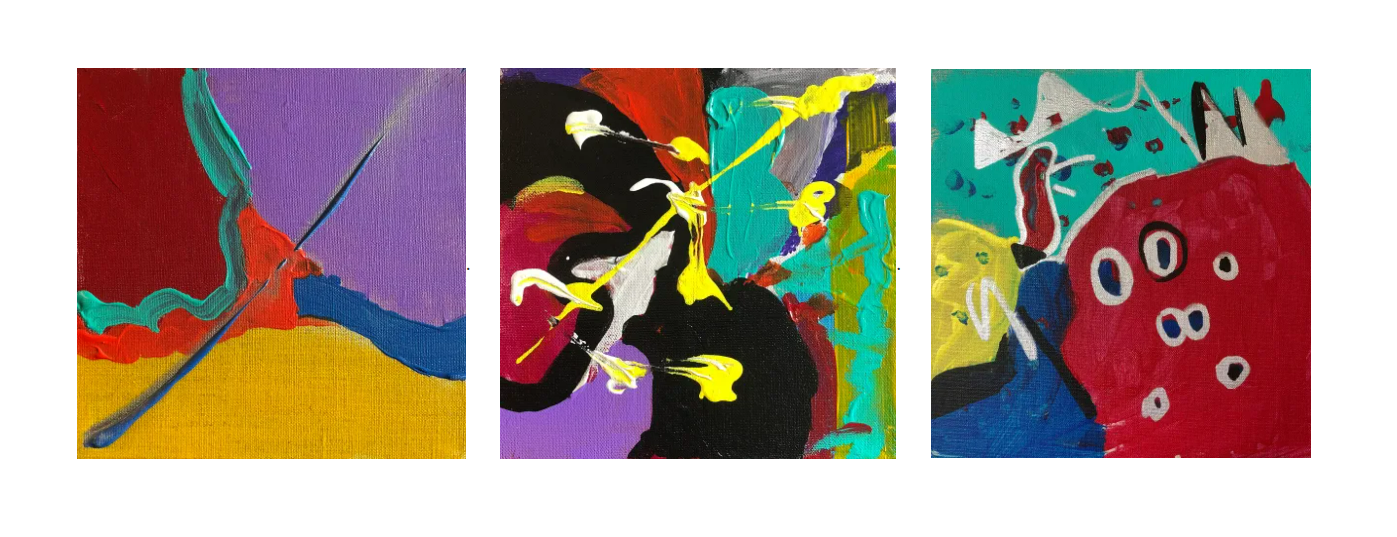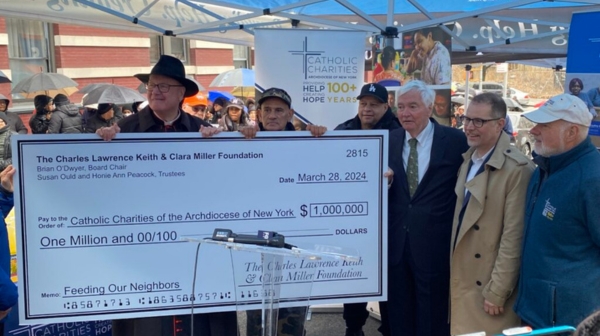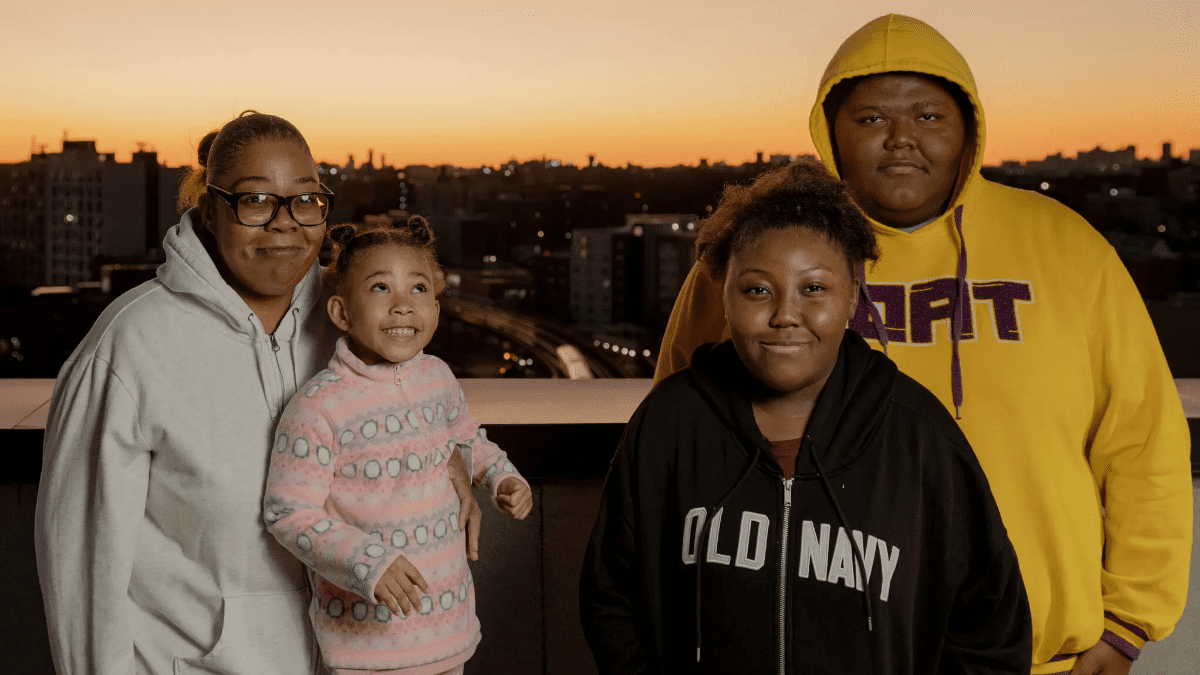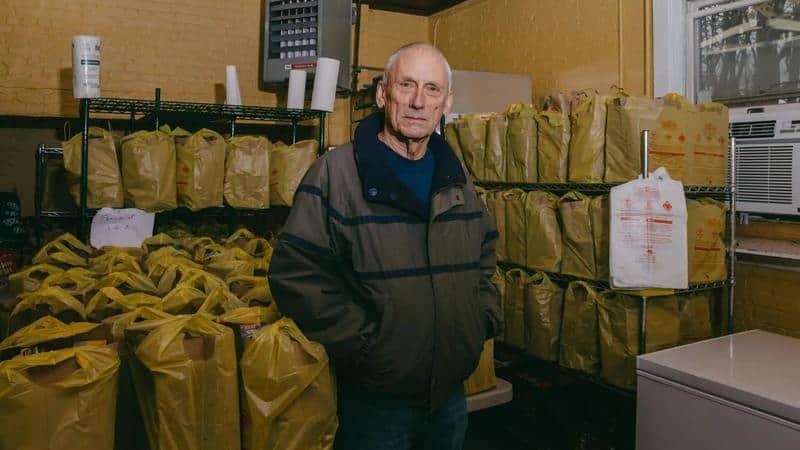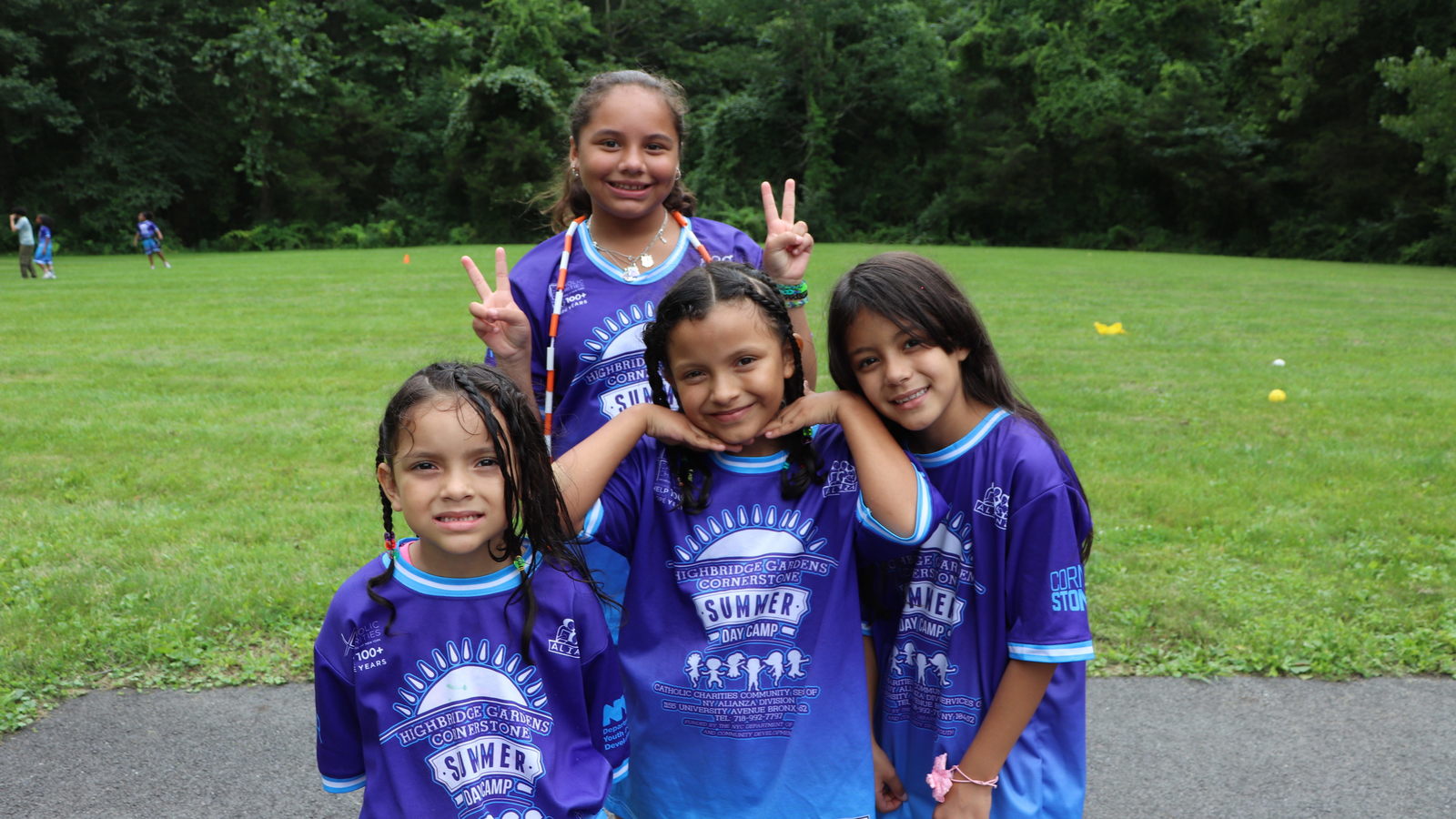By Peter Feuerherd
Words often don’t come easily for many residents at Astor Services for Children and Families in Rhinebeck, who range in age from five to 14. It can be difficult to articulate childhood trauma.
That’s why the Expressive Arts Program at Astor, which also operates a facility in the Bronx, is so important, says Sonia Barnes Moorhead, executive vice president at Astor Services.
“For children who have been traumatized, it’s hard to express themselves verbally,” she says. Feelings are often better expressed via art. A troubled child will often paint in dark colors, reflecting an unarticulated mood, and sometimes that mood will lighten up, as the artist switches to brighter colors. Art, says Sonia, can serve as a diagnostic tool.
“It gives the clinicians a better sense of what’s going on inside,” she says.
It’s not always bleak. One child, looking forward to reuniting with family, paints a road leading to a rainbow, surrounded by bright greenery. The expression reeks of optimism.
“It’s a place where they can be kids.”
Kevin Rifenburg has been teaching at the Expressive Arts Project at Astor, a Catholic Charities affiliated agency, for the past three years. He returned to Astor after earning a master’s degree in fine art after a previous teaching stint. He’s been a part of Astor off-and-on since 1988 when, as an 18-year-old, he worked as a counselor.
The art studio is a respite from the harsh experiences faced by many of the children, he says.
“It’s a place where they don’t need to be stressed out, it’s a place where they can be kids,” he says. He presents the materials and guidance. The children, up to four at a time, take it from there. Rifenburg emphasizes that the atmosphere is as non-threatening and non-competitive as possible. The goal is expression. The studio is permeated with the sounds of jazz and classical music as a spur to creativity.
Art is a component of their treatment that provides structure and routine, seen as an important part of the therapeutic process. “Kids are learning how to communicate in a positive way,” he says.
One theme for the children’s artwork is the local ambiance. In Rhinebeck, that means depicting many of the lighthouses on the Hudson River, beacons that point the way.
The art has attracted attention beyond Astor.
Actress Hilarie Burton, an Astor benefactor, asked students to provide some background props for her 2019 Lifetime television movie, A Christmas Wish. One student responded with a depiction of a pet dog, sitting on a bed, looking longingly out a window at the moon and a Christmas tree. The project provided some distraction from the tensions of the holiday, a time when students feel the separation from their loved ones the most, says Rifenburg.
The art has also been on exhibit. Some students place initials or other markings to display pride of ownership. Covid has, at least for the past two years, curtailed public exhibits, but Rifenburg is hoping that something can be arranged in the spring if the pandemic begins to lift. He’s thinking of perhaps displaying some self-portraits created by the Astor children.
Sonia says that Astor is looking to expand the program to its Bronx facility and to offer other creative outlets, such as dance and music, other mediums that can allow for the expression of the inexpressible.


